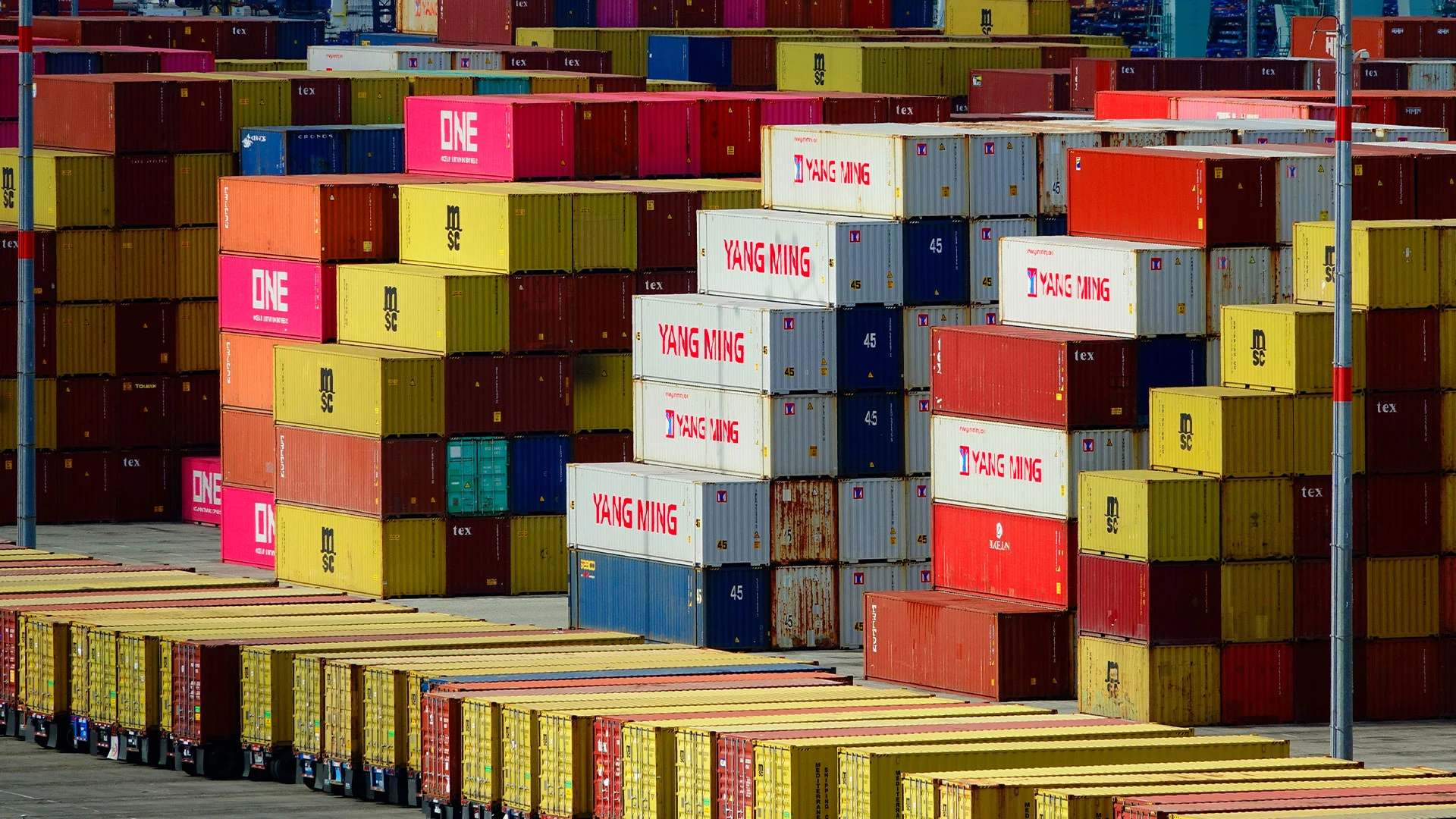
Those tariffs are forcing retailers and manufacturers to rethink supply chain strategies, to develop new ways to get their products to consumers without massive price hikes, delays, and disruption.
To keep costs down for their customers and lower tariff bills, businesses are turning to a business-to-business-to-consumer model, or B2B2C, as a way to handle orders, also known as “tariff hacking,” CNBC reported. To meet the demand, a group of companies are emerging to handle the logistics and workarounds.
For items sold direct-to-consumer on a company’s website, some companies are now employing a “middleman company” as a merchant of record, routing the product or transaction through them as a U.S. entity. That middleman buys the product, paying the U.S. tariff based on the wholesale price, and ships it to consumers on behalf of the retailer, CNBC explained.
“This not new. It’s been going on forever,” James Mohs, associate professor of accounting, finance, and taxation at the University of New Haven told Fast Company. “Simple example: Let’s say you are a Chinese company and you have a 50% tariff coming into the U.S. and you have a subsidiary in Vietnam, that has a 10% tariff. You ship it to them, and they ship it to the U.S. with a 10% tariff, and they save 40%. If you can reduce your tariff from 50% to 10%, it keeps the price of the goods relatively lower.”
However, some experts have called “tariff hacking” a temporary fix that won’t hold in the future.
“Right now, it’s a short term solution,” Mohs said. “Hard to say if it’s a long term solution, because this tariff war is in such a state of flux right now. . . . [It’s unclear] whether the U.S. government will set the tariff based on the original country of origin, or [continue] to allow the subsidiary to act as an intermediary.”



